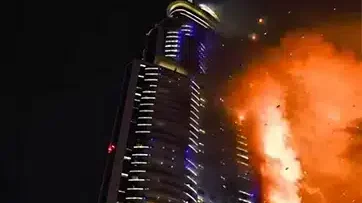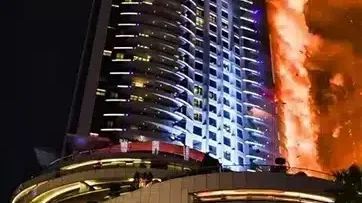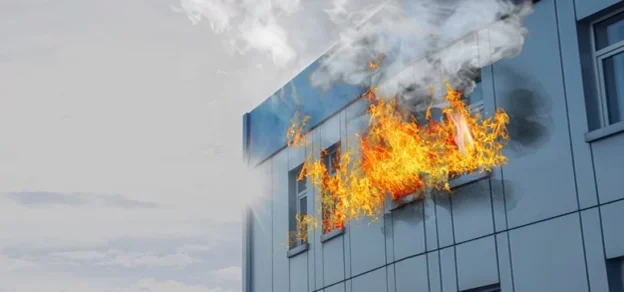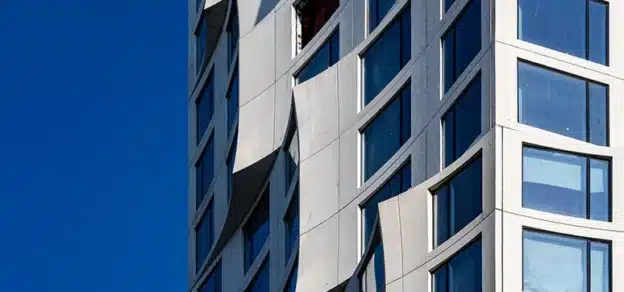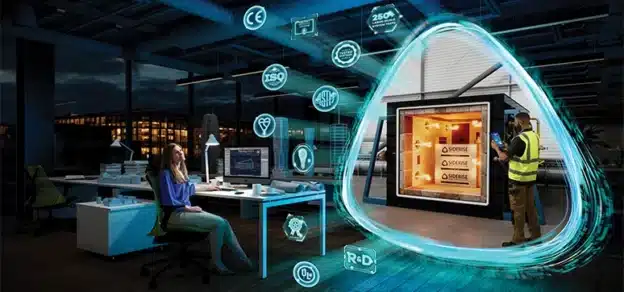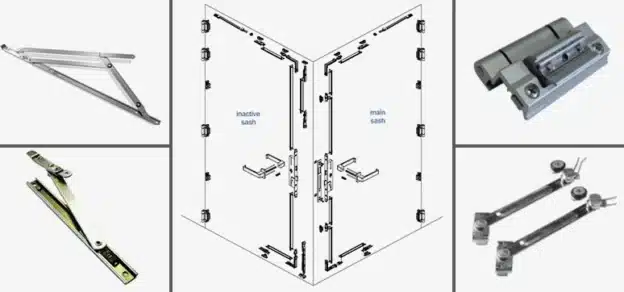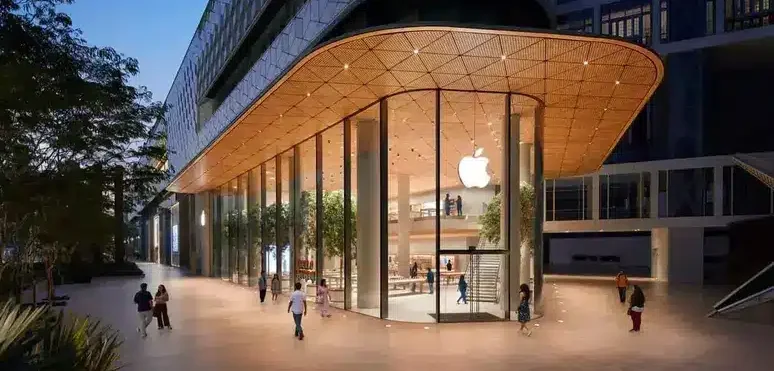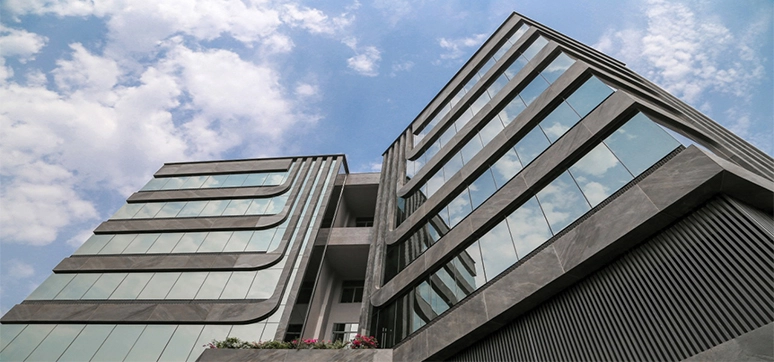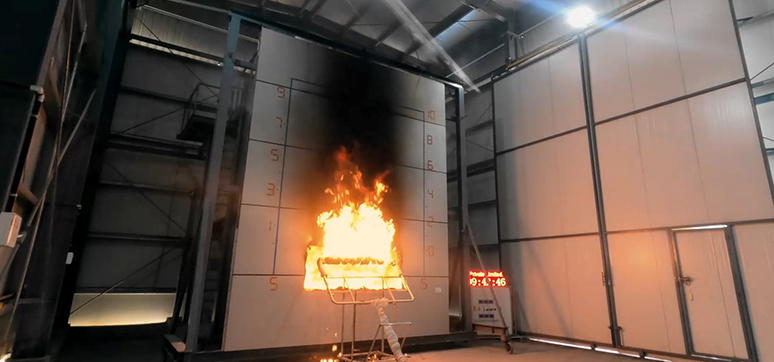Fire safety has attained utmost importance in recent times due to the spate of incidences in metro cities mainly; more prominently because of the new enveloped high rises that have now mushroomed all across and form a major part of the skyline. The interesting fact is that while there is a National Building Code to this effect; it mainly remains on paper. Several states have adopted different methodologies to counter this problem; including increasing the number of openable in each building, and having 90-degree openable fire escape windows amongst some measures. We review how the emergence of a product that assists smoke and heat exhaust ventilation can be useful to fire safety.
Natural Smoke and Heat Exhaust Ventilation (NSHEV)
Application: In the event of a fire inside a building, smoke and heat gases rise in the building, creating a layer of dangerous gases under the ceiling, which fills up the room in a very short time. The smoke precludes the visibility of the emergency exit or impedes the prompt intervention of the firemen. Due to the toxic substance of the smoke, 90% of all fire victims die due to smoke inhalation.
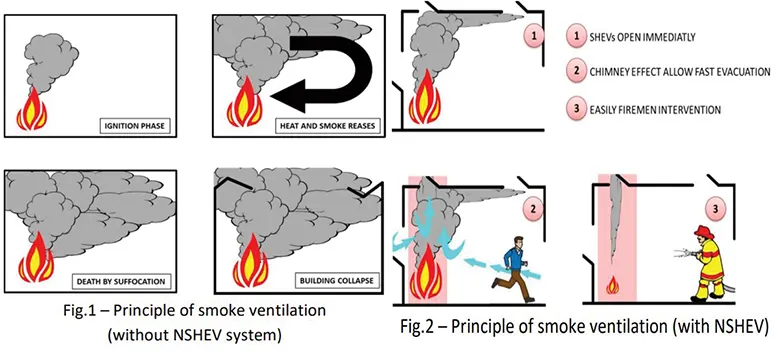
The second critical risk is the flashover generated by the very high temperature inside of the building that could generate an explosion or big damage to the building structures, with the consequent collapse. Principle -Fig.1 & 2.
 For avoiding the above dangerous events and keeping escape routes clear for longer, and also to ensure the fire service can quickly and safely locate and extinguish a fire, Natural Smoke and Heat Exhaust Ventilation Systems (NSHEV) must be integrated into the fire protection concept. The NSHEV consists of a system of automatic opening windows installed in the upper sections of the façade or the roof to let the building free from smoke and heat. Ventilation openings in the lower area increase the thermal uplift, generating a “chimney effect”.
For avoiding the above dangerous events and keeping escape routes clear for longer, and also to ensure the fire service can quickly and safely locate and extinguish a fire, Natural Smoke and Heat Exhaust Ventilation Systems (NSHEV) must be integrated into the fire protection concept. The NSHEV consists of a system of automatic opening windows installed in the upper sections of the façade or the roof to let the building free from smoke and heat. Ventilation openings in the lower area increase the thermal uplift, generating a “chimney effect”.
The NSHEV can be installed in parallel to the sprinkler system increasing positive results and avoiding collateral damages like other fire protection systems generate (water-based suppression system, foam-based suppression system, etc.). The NSHEV consists of an electrical drive installed and operating on vertical or horizontal window design and developed for resisting very high heat (up to 300°C) and reliability (up to 10.000 cycles) tests.
Summarising, the following benefits can be achieved by installing an NSHEV system:
• People’s protection against smoke inhalation
• Grant visibility for firemen intervention
• Preserve the building structures
• Minimum use of extinguishing agents
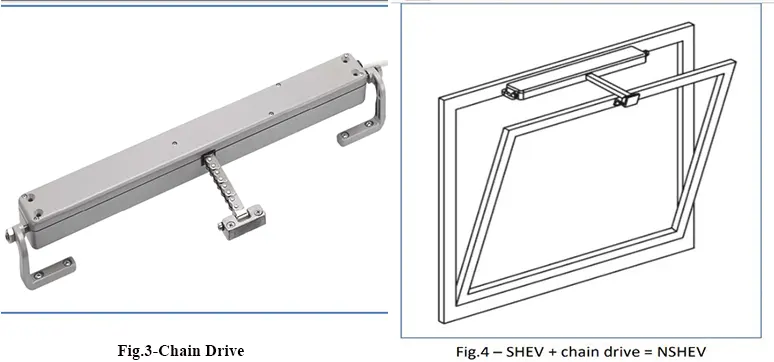
NSHEV systems can be divided into two main categories:
• Façade Exhaust System (Vertical façade)
• Roof Exhaust System

Façade Exhaust System: It is composed of an electric chain drive (or rack or spindle drive) installed in smoke and heat exhaust systems (SHEV), top hung or bottom-hung windows can be implemented.
NSHEV systems need an electrical power supply 24Vdc and shall be connected to an electric system for smoke and heat extraction which are composed of a control unit and related smoke and heat detector and/or emergency push buttons. The control unit shall be including a power supply backup solution that aims to grant the 24Vdc even if the main power supply 230Vac is down due to the blackout caused by the fire. Fig- 3 & 4.
Roof Exhaust System: It is composed of the electrical drive (rack or spindle drive) installed in smoke and heat exhaust systems (SHEV), usually installed on the upper part of the building, directly on the roof, or in the nearest area.
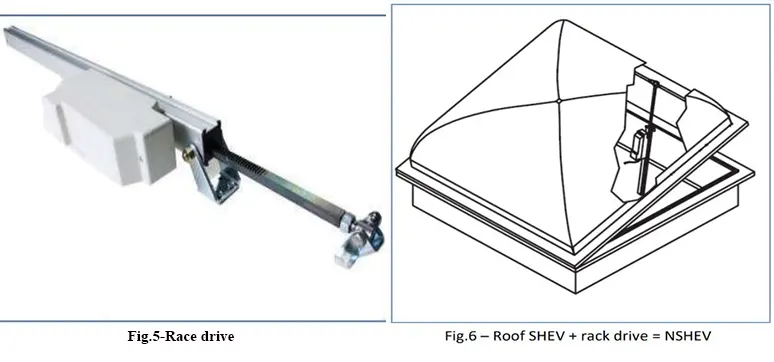
NSHEV systems need an electrical power supply 24Vdc and shall be connected to an electric system for smoke and heat extraction which are composed of a control unit and related smoke and heat detector and/or emergency push buttons. The control unit shall be including a power supply backup solution aimed to grant the 24Vdc even if the main power supply 230Vac is down due to the blackout caused by the fire (Fig. 5 & 6).
 Smoke & Natural Ventilation Control Panel Accessories:
Smoke & Natural Ventilation Control Panel Accessories:
Here are a few accessories that support the smoke & natural ventilation system to operate at a time of convenience. A wide range of control panels, detectors, electric linear spindle or rack actuators, electric chain actuators, and any other accessory is available for the system installation.
The products have been widely used in new-gen buildings across India; be it Residential; Office Spaces; Airports and even Schools / Universities. The product has applications in lots of new construction that include stadiums; shopping malls; hospitals; hotels; exhibition centres; theatres etc. Projects like The Four Seasons Residencies in Mumbai; Godrej Two in Mumbai; Adani Inspire in Mumbai; The K12 International School in Kolkata and ITPO Delhi are just some of the examples where the product has been successfully accepted.




